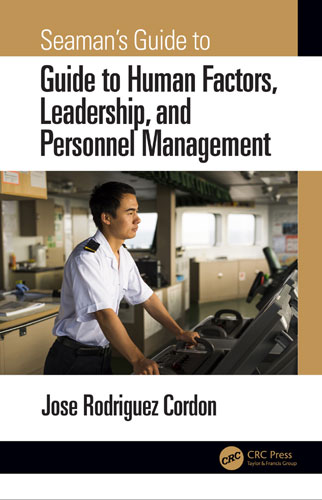Сб с 10 до 16
Seaman’s guide to guide to human factors, leadership, and personnel management/Справочник моряка по человеческому фактору, лидерству и управлению персоналом
Издание на английском языке
For many years, all the improvements made in sea transportation have been focused on technological advances and automatization, trying to get the human element out of the equation. There are many studies on human error, how they may happen and how to avoid them. But human beings are not machines; therefore, they cannot be treated as such.
Contents
Foreword
Preface
Author
Chapter 1 Introduction
References
Chapter 2 Leadership
2.1 Leadership on Board
2.2 The Evil Leadership: The Case of Maria M
2.3 Leadership in Emergency Situations
2.4 Catastrophe of the Estonia
References
Chapter 3 Teamwork
3.1 Group Structure
3.2 Productivity of the Group
3.3 Group Decision Processes: How Groups Make Decisions
3.4 Group Thinking
3.5 Benefits of Teamwork
3.6 Managing Diversity: Multicultural Crews
3.7 When All Teamwork Fails: The Case of the Bow Mariner
3.8 Conclusions
References
Chapter 4 The Psychological Challenges of Life on Board
4.1 Shift Work: The Circadian Rhythms
4.2 Fatigue and Natural Tragedy: The Case of The Exxon Valdez
References
Chapter 5 The Case of VTS
5.1 Risk Factors
5.2 Protective Factors
5.3 Conclusion
References
Index




